There was an interesting CP+ article discussing how various companies were going out of their way to change the focus of their marketing at this event to younger people, beginners, and females. From the Nikkei article;
At CP+2024, events and exhibitions aimed at young people, women, and families stood out, and photo circle exhibits and work exhibitions were more visible than ever. The event conveyed how the camera industry as a whole is working to attract beginners, young people, and women so that cameras, which are becoming increasingly expensive, are not just for enthusiasts.
From various events geared towards younger families to even having both male and female models posing for photograph sessions, CP+ showed that Japanese companies are shifting their strategy. Canon always seemed to be “there” with this aspect of the market and well-situated in driving the industry. But I think COVID and related supply chain issues have made them far more cautious and something is now missing from Canon’s current lineup.
The EOS-M with various colors and emphasis on more lifestyle photography was aimed directly at the non traditional camera market. Images, videos, and articles from Canon detailed using the EOS-M in your everyday life from photographing your pets, food, and travel. The people using the cameras in Canon’s videos were primarily younger, and a higher percentage of the people in the videos were casted as casual every day people. Canon was going after this target market with enthusiasm.
At the same time as this Canon was putting the final touches on one of the most responsive and intelligent user interfaces to be in a camera, and this allowed for the user experience to be far more interactive than what we were used to in the past. This allowed Canon to in my opinion, leap entirely ahead of the market by years by focusing on this market directly more than anyone else. As well, this focus allowed to them to carry a near 50% marketshare during the years of transition from EF to RF.
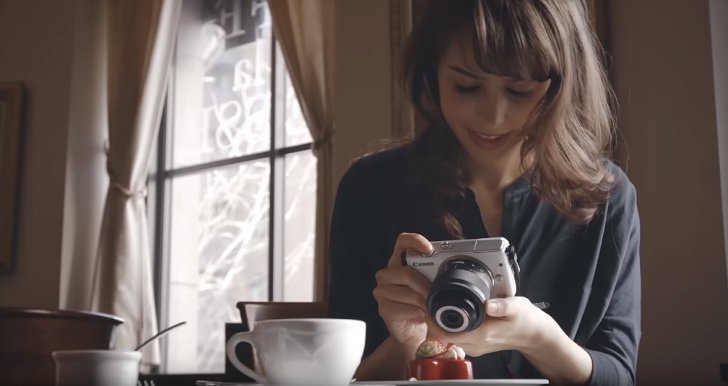
The EOS-M was offered in a variety of colors, even up to the EOS-M M50 (though fewer color schemes by that time). The EOS-M Canon really went all out on colors. I always wanted a “Bay Blue” EOS-M, I thought it looked great. Even as a male who was semi-professional at the time, I loved the fact that Canon was gearing this camera line to another market segment and also daring to do something different especially when Canon was so conservative. The simplicity was refreshing.
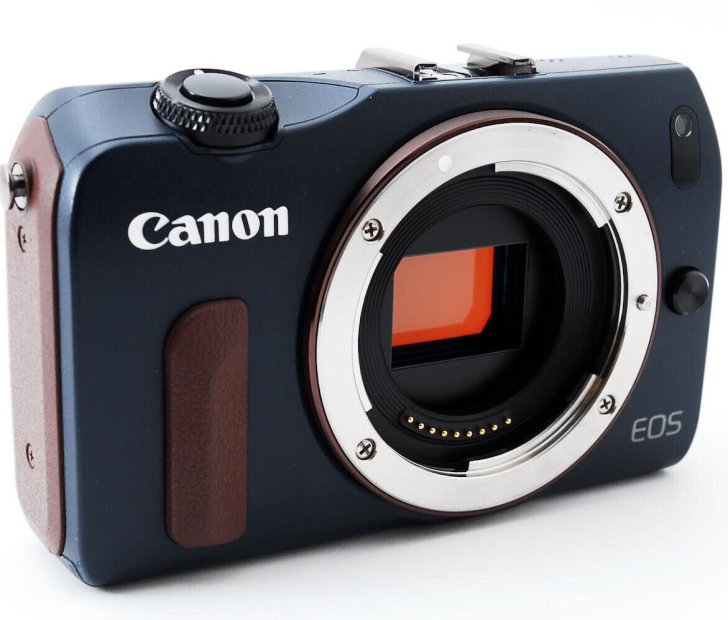
This above camera (“Bay Blue”) was only available in Japan at the time. If you don’t like the look of this camera, you are dead to me. Also interesting that Canon highlighted the colors of the M50 by calling them “sleek black and trendy white”, I personally just thought they were black and white cameras but what do I know about colors.
I’m disappointed that Canon didn’t continue down this path with future cameras nearly as much. I think the EOS-M2 was the last camera with a significant variety of colors. Even the EF camera system got into this with most of the rebel SL lineup available in white and black camera bodies, and Canon even created this camera, all decked out in red, warning casual observers within 5 blocks that someone has a camera.
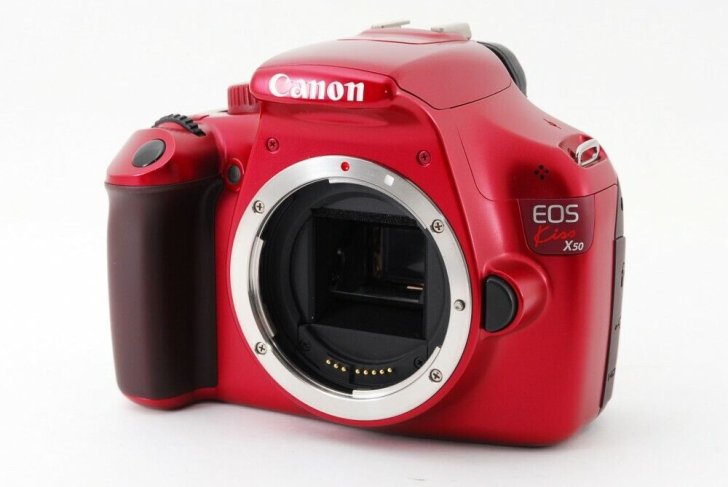
Now mind you, I don’t think Canon (or anyone) should ever dare to go down to the Pentax level with this. No one needs a camera that looks like this Pentax camera. There are limits.
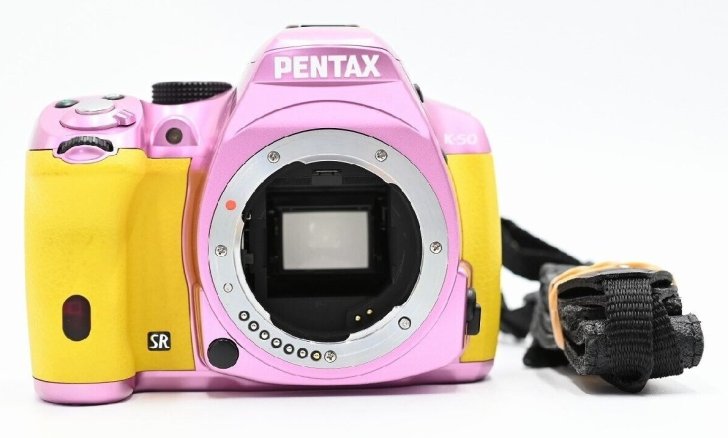
Or maybe we do need one like this, and that’s the point. I look at it and go, not a chance, I wouldn’t be caught dead with this. But again, I’m not in the market for this camera. Kudos to Pentax for going way outside of all norms on that one camera. Kawaii culture trends are really relevant in Japan. I’m not sure how well it sold, but I bet it was a head turner if you saw it on the street.
Canon’s current lineup – is well, mostly boring to look at. The two cameras to step out are the R100 and R50 which are both available in white, and even with a silver kit lens, so we have something there. At least the RF cameras still support the incredible touchscreen UI that makes it so easy for users to adopt to interchangable lens cameras (oh, sorry R100).
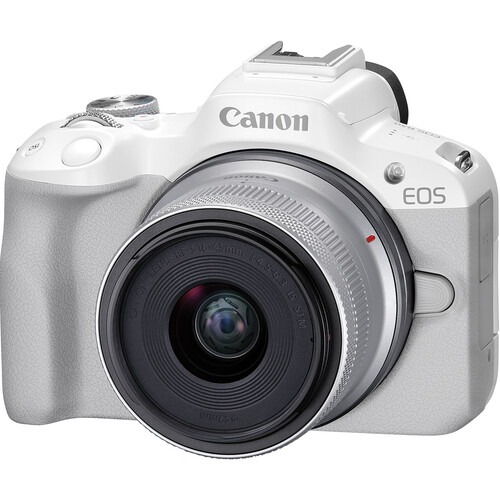
It could very well be that Canon’s market analysis suggests that these vibrant more “fun” cameras didn’t sell well. But it’s a novelty that I wish we would see more often. It could also be that Canon thinks that the more serious the camera, the less choice we should have. But even the M6 Mark II had a classic camera look that I wish we’d see more often, and that camera was about as serious as the EOS-M lineup ever experienced. I have this camera, so I may be biased that I think this was the best looking Canon camera in a long time – and I specifically went out looking to buy this particular camera body. So looks do matter, even to old folks like me.
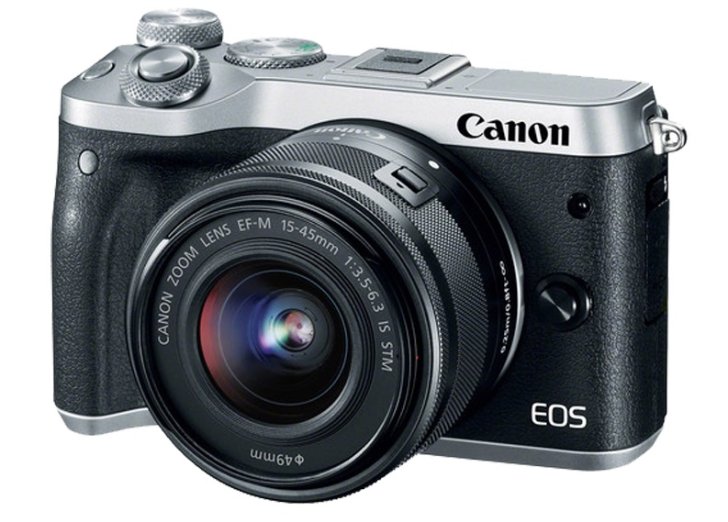
Is this all important? Especially if the companies are trying to cross into different markets outside of the traditional photographer? Does appearance matter, or should it only be about stats, performance, and what can you do for me, Canon camera?
All we have to do is look at mobile phones these days. Are all mobile phones just one or two colors? With no options and the ability to personalize? Even Apple makes a huge issue over a different colored phone. It was a big thing last year with Apple as they brought in four new “stunning” finishes to their phones.
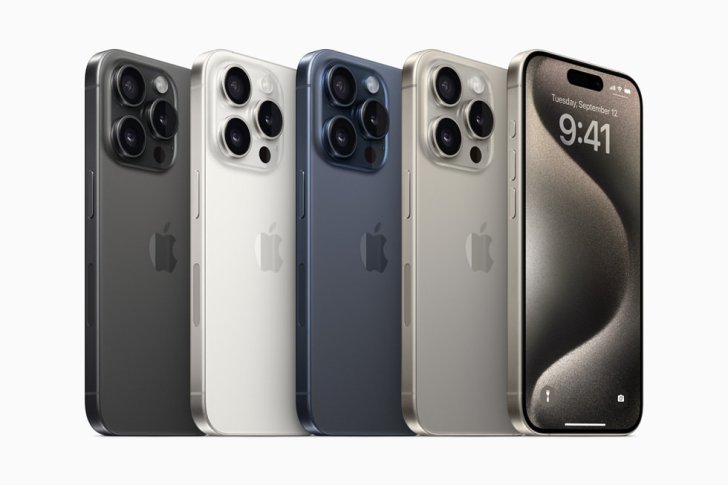
If it works for Apple and others maybe they are onto something. We techno nerds go for dynamic range, megapickles (a real term), frame rates, ISO sensitivity, and so on, but maybe we are missing the bigger picture of why phones are dominant, as we pin it on convenience when the phone companies have figured out that the entire world doesn’t want a black device. They want something that shows a bit of personality. Even when I watch a review of a new phone, they spend an ungodly amount of time discussing the look, finish, texture and feel of the phone, and make no mistake, they think that’s important. Have I done this? Heck, yes, I wanted a Samsung titanium colored phone and preordered it when it was available on the Samsung shop. Guilty as charged. Phones weren’t a fashion statement until phone and third party manufacturers made options that turned them into fashion statements.
Now usually when I do an article like this, everyone says “Yes Richard, but Canon has 50% marketshare.. ” Okay, but so what?
I know Canon holds a dominant 50% market share. But let’s unpack that and think about that for a minute (a little longer than that Pentax camera took to fade from my retinas). That’s a 50% market share of a market that is not growing. I think everyone at Canon would rather have a 25% market share of a 20 million unit growing market versus 50% of a 6 million unit stagnant market that may collapse at any time. I know I would – even as a certified Canon fanboy (I have a diploma for that). A healthy and vibrant market is better for everyone. Every year, the camera companies must sell new cameras. There are only so many cameras that one individual will purchase in their lifetime, so that means there must be a steady adaptation into the market by new people. The more new people that enter the market, the more lenses are sold, driving those prices down. Also the better the used market is for both buying and selling. Not to mention an increased number of people that would come to sites like this one.
The elephant in the room is that more needs to be done than just slapping a different color onto the cameras. I know I digressed down memory lane there a bit, but there’s far more than needs to be done. There is obviously alot more to this than just color needed to attract these demographics. Elements such as size, weight, connectivity are all important. The fact that there’s no LTE add on small grips just simply boggles my lizard brain. The fact that ergonomics and terms are still more or less inherited from the SLR era is probably confusing to alot of people.
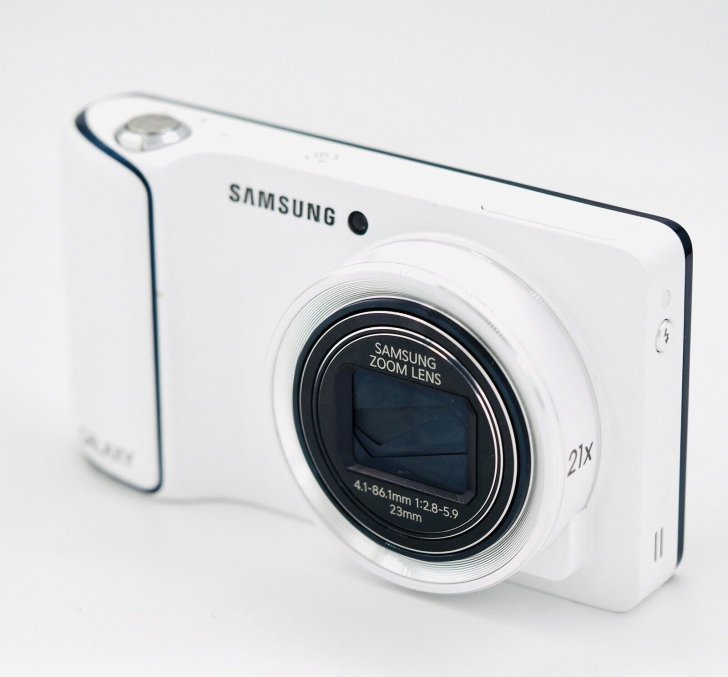
Remember this? Radically different and suprisingly interesting. But alas, it never sold well, and Samsung didn’t remain in the market either. I think it would have been interesting if Samsung stayed in the market and continued to push the boundaries. Outside of Samsung, there’s hardly been a camera company willing to go all “out there” and try something radically new. The most radical thing we’ve seen lately is digital cameras that look like old 1970 era SLRs. Granted it’s a daunting task for the camera companies to tackle everything all at once, but color and simplicity of design, and appropriate marketing has to all be the easist, and it’s all been done in the past.
I found the CP+ article interesting, but I also found it notable that Canon wasn’t mentioned. I’m hopeful that Canon will take notice of what they did in the past, and also what other camera companies are doing, and get back some of that mojo that they have had in the past. While most of us may think it silly and not important, increasing the market is always important. I’m interested to see what happens to the industry and if they will continue to do things outside the conservative norms. Just don’t go all Pentax level. I am also encouraged because this will force the camera companies to think outside the box in solving real issues that persist with our cameras, such as connectivity.
And yes, I still want a bay blue camera.
Main Image from NIkon’s Creative Space
|
When you purchase through links on our site, we may earn an affiliate commission. Here's how it works. |




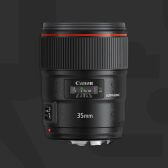
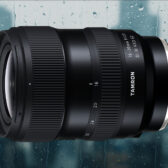

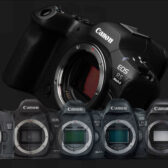

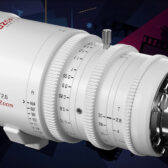


I could understand moving from "traditional" photography to newer trends more appealing now to younger people (of any gender), or cameras for people (of any gender) who don't like to have to use bulky cameras and lenses for high end features and high quality output. My sister doesn't care what color her camera is, but she always found my SLRs being to bulky and preferred the compactness of rangefinder-type cameras. And she never liked that with Canon smaller cameras were at the bottom line in terms of easiness of use (more cumbersome controls) and quality. I helped in some entry-level photography courses, and there are more and more women, but very few of them like bulky ILCs.
What is usually different between genders is that women are usually far less interested in the "specs" - they won't fight on pixel count and sensor technology, DR, lens resolution at f/22 and so on, and won't pixel-peep much. That's a wholly manly issue to show their zoom is longer. So yes, if you aim at a different public you need a different way to promote your cameras - focusing more on what you can achieve and how. Some "lifestyle" additions could help - being a "content creator" is fashionable today, but that's about again about the creative process.
They appeal to me bigly! :p
Hmm. No, that wasn't implied but I did change one sentence to remove the reference to females. For most of the article I purposely left any sort of implication of that. With the exception of Kawaii which is predominately female, but a very specific culture.
I'm a male and I wanted a non-black camera (and I had 3 in total, as I had two white ones as well). These cameras are not just for females, simply people who want something different, to those new to the camera industry. Not all cultures are the same and neither are all tastes.
Status wouldn't be a factor of color unless it's more rare. Apple could make one special color a year, and market that as 2x more expensive and ideally make even more money. You know, like they did with the gold apple watch. They market various colors because everyone has different tastes. If a camera is something you carry around with you all the time, why should it not be reflective of your tastes? I choose my camera strap based upon factors such as (does it function, feel okay, and does it look good?) - as an extension, a camera could be in the same category (ahem, bay blue). Third party companies sell camera wraps - some for protection, some for fashion statements.
Alot of Canon's innovation has come about because of this targeting.
Canon's wonderful touchscreen UI didn't come about because we older professionals wanted real-time touch screen control, it came to be to attract the newer generation. At the same time, Canon and others started to experiment more with colors and various other aspects of their camera design. EOS-M was most definitely targeting this market from both the UI, camera colors, lack of physical controls, and marketing.
Cameras are a fashion statement - even to this day, and even compact and older cameras are making a comeback, not just film (as strange as it may seem).
What I noticed that since after covid, we seem to be seeing far less now - is that because of the market shrinkage, or has the market shrunk because the companies aren't taking risks anymore and just going after the same crowd. CP+ showed at least there's some recognition that they have to switch things up.
Thanks for your comments, as you got me to re-read the article with a more critical eye to any bias I may have wrongly put on the article.
Visitors were allowed to take a plant home (after they had been instructed about the fascinating (?) A-Class concept.) I wonder why this keen strategy was never put into practice... Its author was a man, and not of the high IQ variety.
In the end, they A-Class sold well also to female customers, but only because it cost less than the larger Mercedes models, and because it was more practical. There was back then still a huge salary gap between male and female incomes. It hasn't changed much...
That's just nasty lol. Wasn't there a movie about this sort of thing with Mel Gibson?
I'm sure the list of marketing blunders when it came to targeting females would fill a 20 book encyclopedia set.
Working that out is the holy grail for any real unit growth. I'm not convinced that some colour options is the key to it.
Long exposures, macro, telephoto are still hard to do in-phone but there will be ongoing improvements reducing MILC purchases.
Anothe brillant idea by the same marketing genious was even more (expletive deleted).
No joke, sadly: covering car showrooms with opaque panels, with exception of a narrow upper slice. So that curiosity of passers-by would get excited, obliging them to try all kinds of tricks to get a glimpse of the new car, or to enter . Every week, another upper panel would be removed. Yet, somebody less (expletive deleted) suggested that smaller people would be disadvantaged.
PS: During this expose, I played battleship with a colleague, and I heard some wild giggling in the audience...
Probably Canon should start a camera covers business to adapt camera to users tastes :) It's simpler with phones, and with P&S cameras, because the are "single" things. With ILCs which are part of a system - as soon as you mount anything on them probably it won't match the color/style, and you end up with a uglier mishmash of different pieces. Making almost everything in different colors increases costs, and won't be done. So how much some slightly different camera bodies fit into the overall picture? Does the "creator" who rigs her/his camera for a youtube/tiktok video care which color it is? Or is more interested in an hardware/software system that delivers the results she/he is looking for in the simplest/quickest way? The consumer users IMHO needs something different than just colored cameras - something that can return "instant" satisfying results. But that's more a software-side issue were Japanese compamies have been historically weaker (but videogames).
Anyway, less people IMHO "wear" a camera today because that kind of photos are made with phones. Unless they're Leica so you need to show 'em off (I do like Leica cameras, but not because their brand and cost). Still there could be a market segment, if one can find the right products for it.
They should then take into account users with long fingernails ;) I do agree cameras should become appealing to a different kind of users - but beware of the "me too!" approach - the risk is being perceived as some sort of compromise. squeezed into a market they are not really fit for. A rethink is necessary - especially now in the era of generative AIs - if I knew the correct answer I guess I will try to sell it to Canon....
Leica's are above trivial mortal constraints such as color.
I realize that was tongue-in-cheek, but anyway: Sofort / Sofort 2. Of course underneath the surface those are Fujifilm kawaii cameras. Different flavor of fashion accessory from Leica's usual.
Me too. The Nikon Zf is available in what the company calls Indigo Blue. It wouldn't kill Canon to do that too,